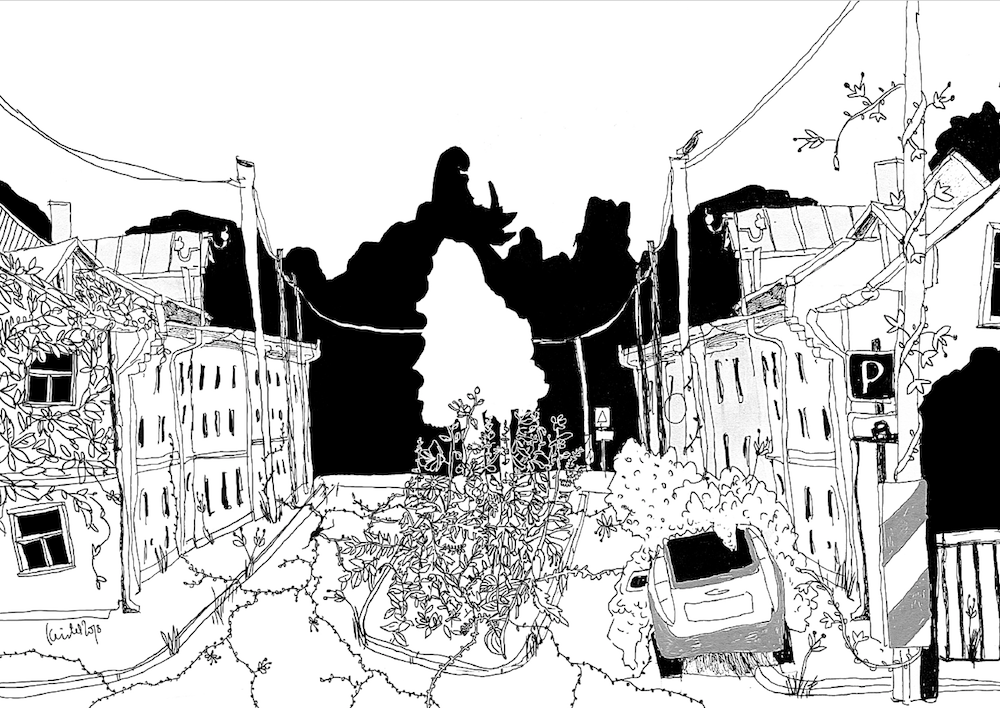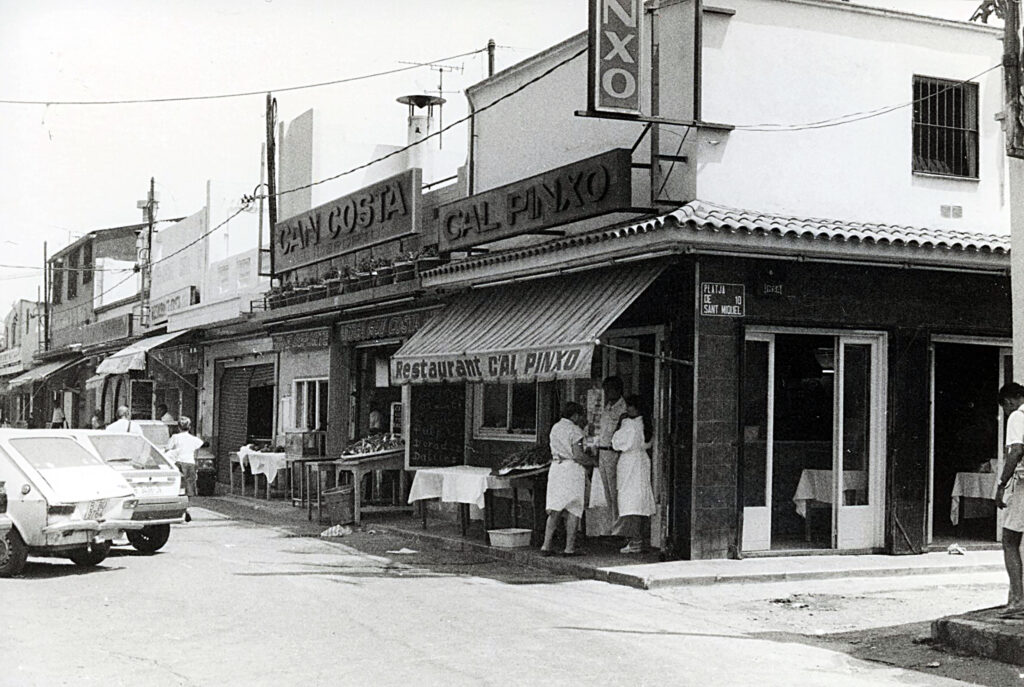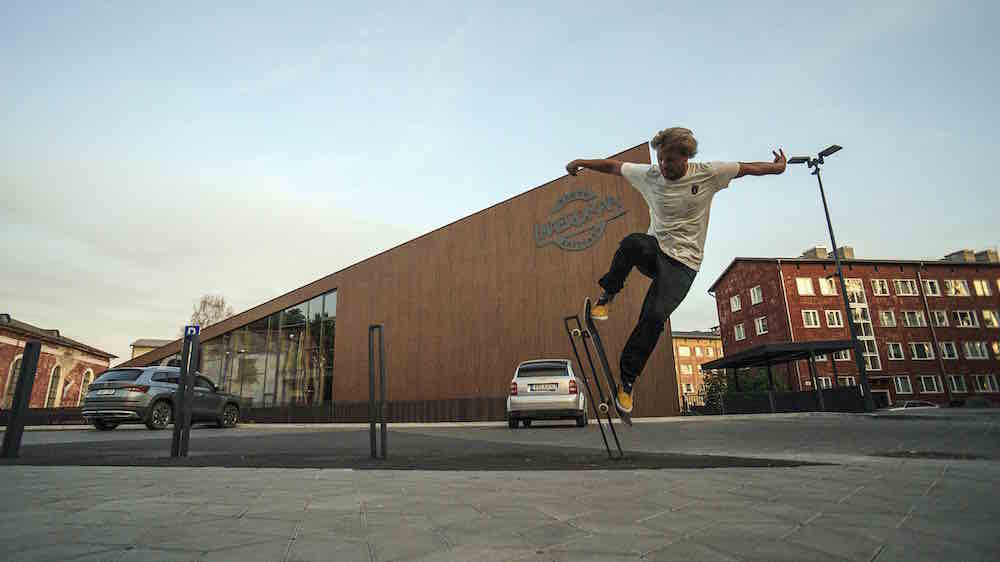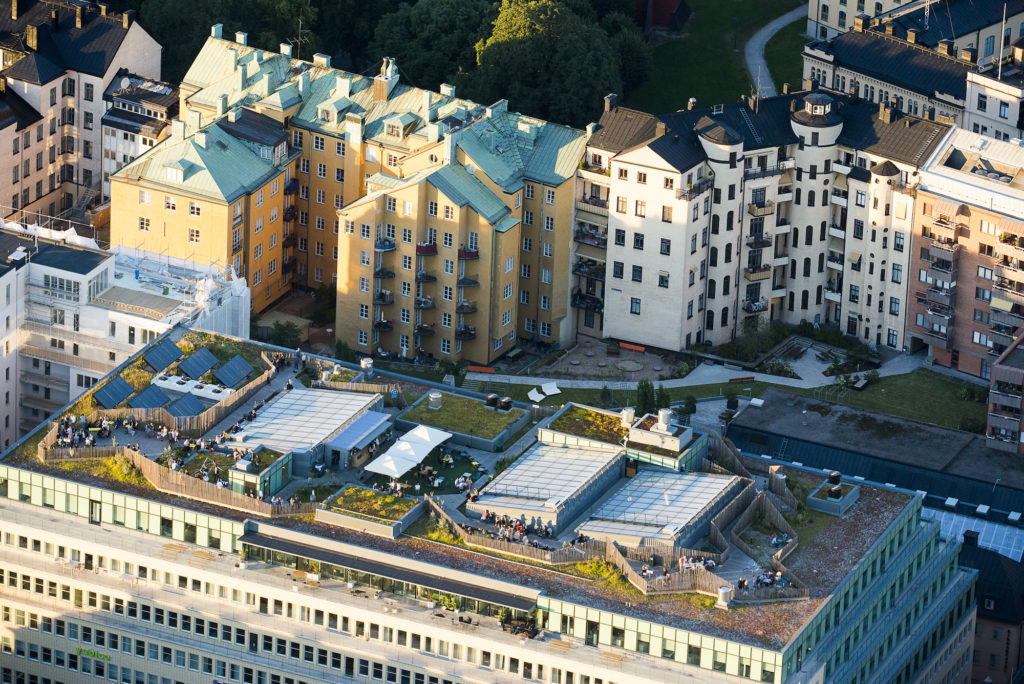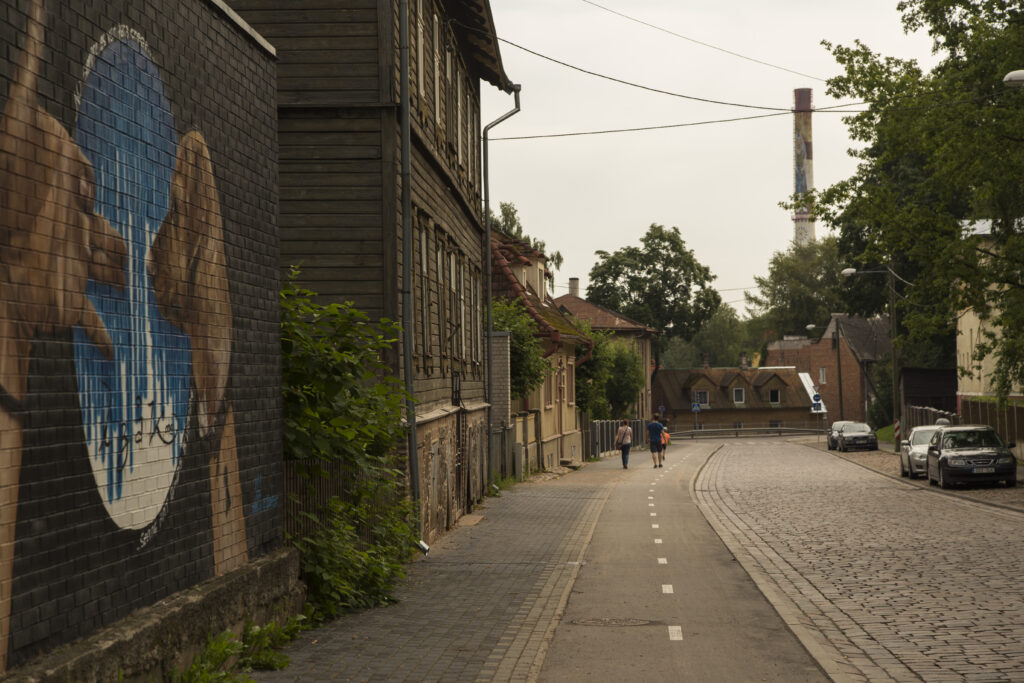(LINNA)MAASTIK
Developing community gardening helps to improve the ecological, social and financial situation of the urban environment. Estonia still has the tenacity and skills to grow food under power lines and in other urban wastelands, so let's treasure these skills and people who have the know-how to use them in public space!
The capital of Germany is a maze of rules where imagination flourishes in the underwood. Although Berlin may come across as the capital of tolerance due to the various forms of diversity, it also has its controversies.
When looking at China with an open mind, there are quite a few lessons to be learned.
The order of nature is complex, interesting and beautiful. However, mankind’s understanding of order and beauty tends to be somewhat primitive and thus we are increasingly losing the sense of balance that could direct our activities. Green areas are meant for public use, but in reality they have become neatly mowed lawns that people never walk on and that we have consequently made unsuitable for other living organisms.
“Great Public Spaces” competitions have an unprecedented historical value – the improvement of the quality of the spaces between the buildings has never been approached so systematically. The first of the fifteen squares are completed and ready for use. How did the innovations suggested in the winning entries transform into projects and from paper to space?
A new system was established in Barcelona during the Olympics – an interconnected and organised chain of 10 public beaches. Its parts adapt to the changing times: they let themselves be rethought and thus allow self-sufficient life to flourish.
How to design public spaces to make us enjoy our daily movement?
One thing that is shattering Annelinn's negative image is the "switching on" of spaces that to date have gone without a programme. A good example is the square in front of the garage complex on Anne Street, which flirts with its old image but also with new values, acting like a buffer between different ways of thinking. It is not clearly defined what kind of activities or target audience the stops and rest spots should accommodate – there is a certain flexibility, various methods of use and room for interpretation
A rooftop landscape in Stockholm is a case study to create natural biotope in urban public space for people to use it and gain a year-round experience of the city's nature.
It was not easy to aim for a better public space and more human-friendly and diverse street space. Creating an aesthetic city space and a functioning whole was an even more elusive task. It was difficult to explain to the mayor back then what I meant by social space. This combination of words probably gave him a different kind of idea, since the Social Democrats were still in opposition back then. And because all of these ideas were from the point of view of those who actually use urban space (in other words those who don't use cars), many thought they would inhibit progress.
Postitused otsas




